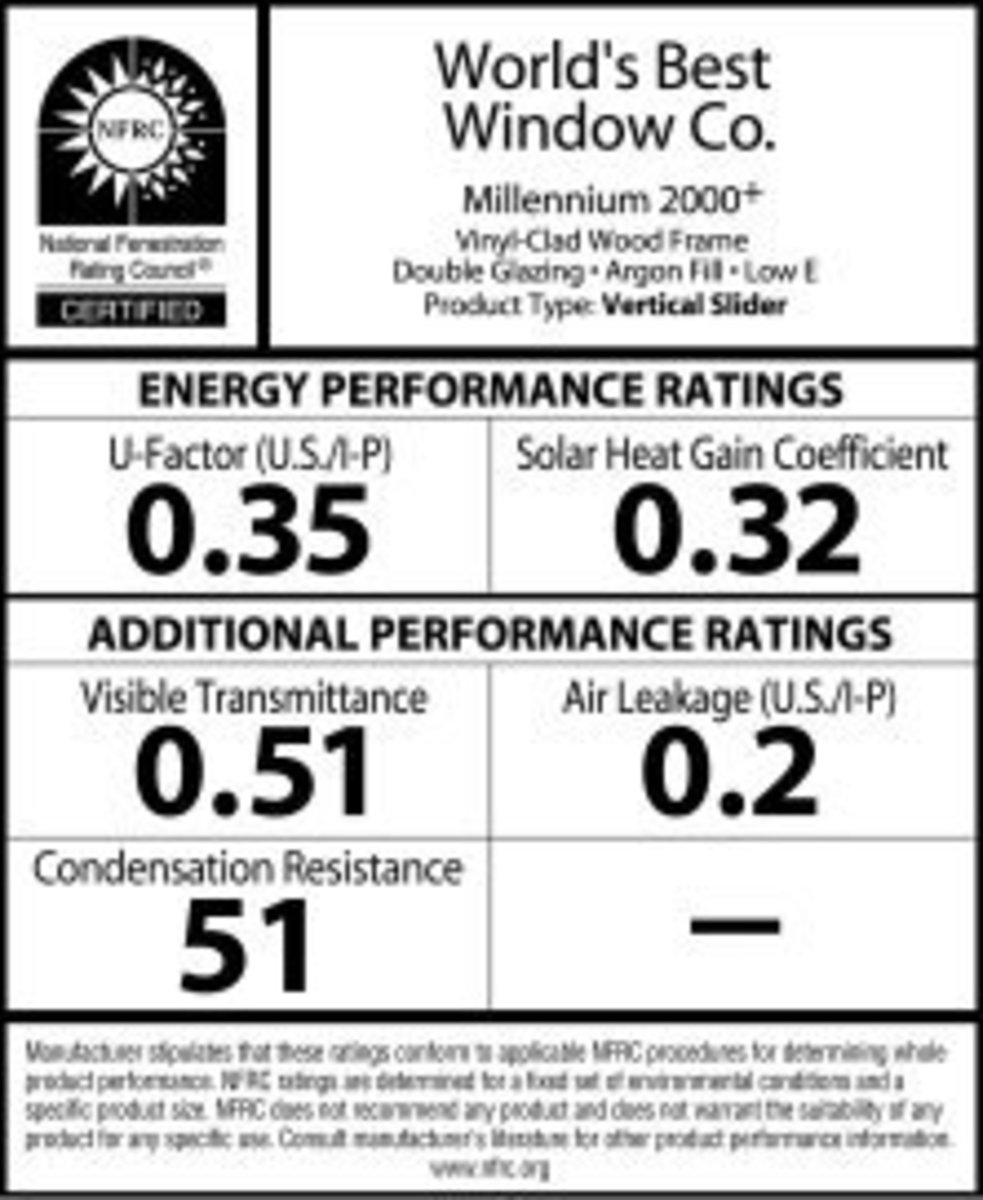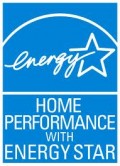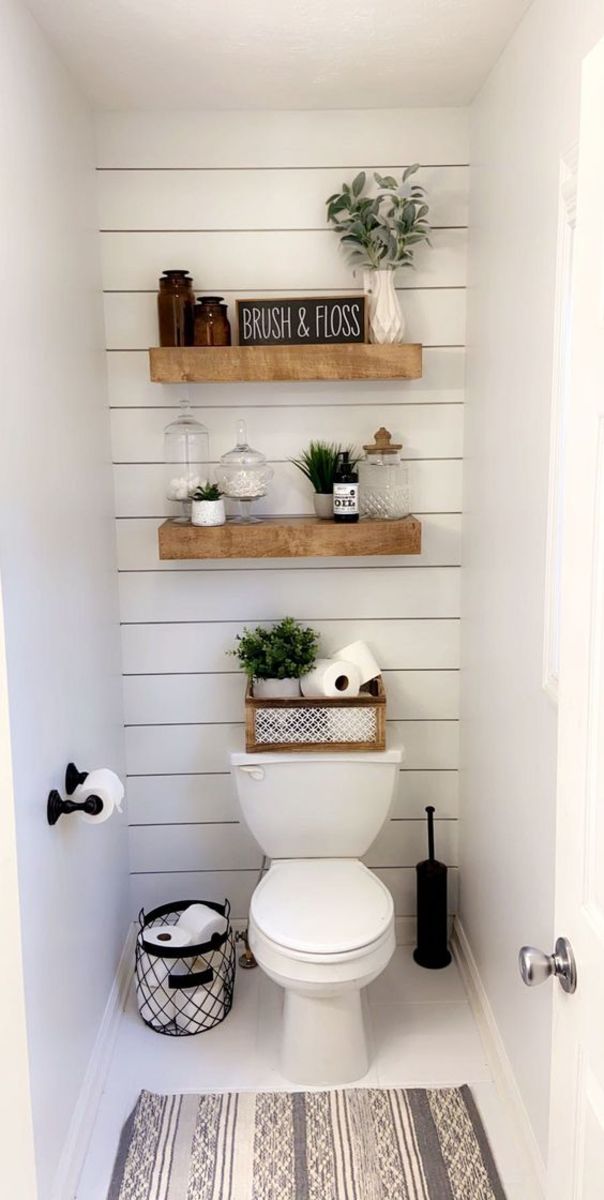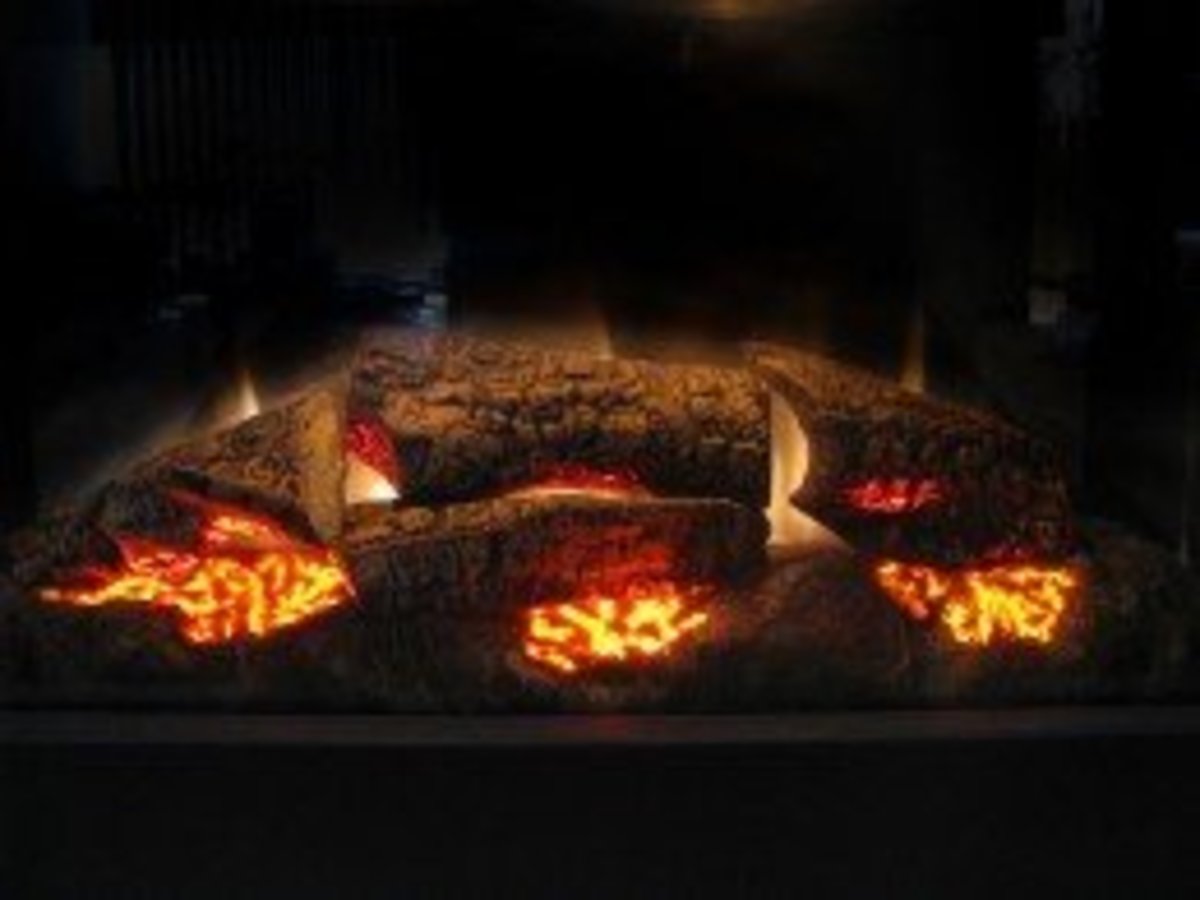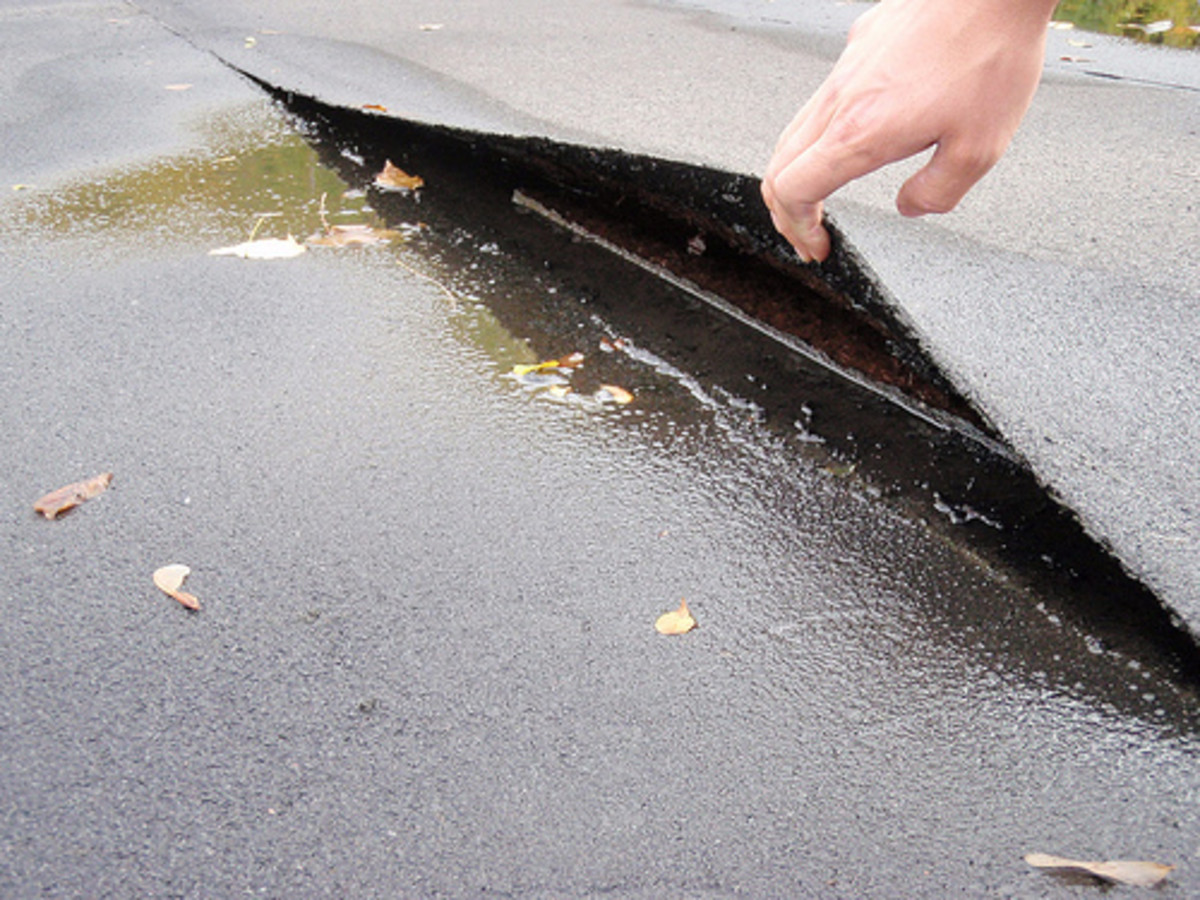Remodeling Your Home to be Energy Efficient
Energy Saving Light Bulb
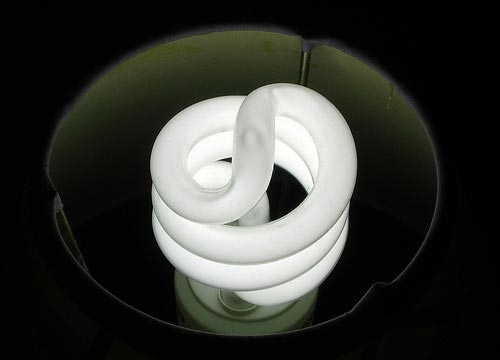
Remodeling for Energy Efficiency
This article can be viewed in full in the May 2008, edition 194 of Fine Homebuilding. "Remodeling for Energy Efficiency" was originally published by Betsy Pettit.
"In America, there are around 58 million houses that were built before the last energy crisis. Because these pre-1970s houses have little or no insulation, they are all ripe for energy-efficiency improvements. Houses eat up 20% of the energy used in this coutry and account for 21% of the carbon dioxide that contributes to global warming. This adds up to a huge opportunity.
"America's old houses can be made much tighter and can even approach net-zero energy use.
"A hundred years can take its toll on infrastructure, and this is often the case with old houses. The water line from the street, electrical wiring, plumbing, mechanical systems-all are often nearing the end of their life. It would be foolish to renovate a house without replacing these basic systems. Windows often no longer function as intended, either. Their ventilation properties are hindered by laters of paint, or they simjply became swollen shut years ago. If neglected, siding can ened repari or replacement, too.
"Energy upgrades are cheaper than you think.
"While the cost of fixing wet basements and adding bathrooms can add up quickly, energy upgrades don't have to put things out of reach. In fact, they don't really cost that much more because they're integral to the decisions and choises made in the renovation process.
"If you consider a renovation as a whole system, you might find that you can add modern conveniences (such as an extra bathroom, bedroom, or office space) and comfort without building an addition, and reduce your energy costs in the process. The basement and attic are already built; you just need to use them. By adding rooms in the basement and attic, you often can reconfigurethe floor plan to accommodate an extra bathroom, a larger kitchen, or a master suite."
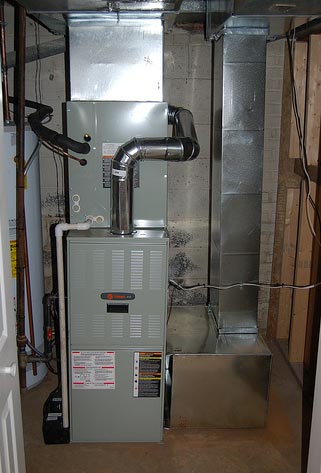
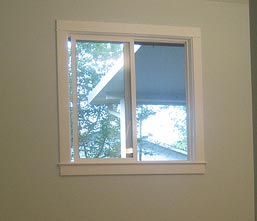
Seven Steps to Net-Zero Energy Use
1."Upgrade the mechanical systems. An old furnace or boiler is often the worst energy user in an old house. Many houses built prior to 1920 still have old coal-fired boilers that were concerted to gas or oil. These units are workhorses, but use a lot of energy. A new furnace or boiler can save energy dollar right away. Replacing window air conditioners with a central system also can save energy right away, as long as the ductwork has been placed in the conditioned space. Solar water heating is a good option to add here if you can afford it, but at the very least, upgrade the efficiency of hot-water production by coupling the tank to the boiler.
2. "Bring the basement and crawlspace inside the house. Warm, dry basements and crawlspaces can extend living and storage space. Wet basements are the source of high humidity levels and discomfort in the summertime in old houses. They also can be the source of mold growth that gets distributed around the house. Spray foam is a fast, effective way to bring these areas into the conditioned space while sealing the leaks between foundation and floor framing.
3. "Superinsulate and air-seal the roof. If air leaks in at the bottom of the house, it leaks out at the top, which makes a house cold and drafty in winter. A poorly insulated roof also can make a house hot in summer. Air-sealing is a by-product of good insulating, so it's really a one-step process. Usring spray foam under a roof also can eliminate the need for roof venting, which is tricky in complicated roofs.
4. "Replace the windows. With the bottom and top of the house sealed and insulated, the next opportunity is the walls. And old windows are like big holes in the walls. Old windows often leak both air and water into the house while functioning poorly. They might not open and close properly, and can be obscured with storm windows and screens that diminish the amount of light that can enter. Properly installed, Energy Star (or better) windows seal the holes in the walls to keep out water and weather extremes.
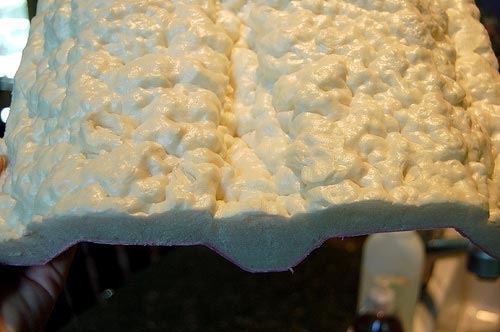

5. "Insulate the walls. Filling empty wall cavities with cellulose in a cheap, easy, effective way to warm up an old house. Blowing cellulose into existing wall cavities is an art, to be sure, but there are many contractors who have been doing it for years. In fact, there are now inexpensive ways to check with infrared cameras to make sure that all voids have been filled without disturbing the existing plaster or sheathing on outside walls.
"Because siding or shingles on old houses might also have worn out, we take the opportunity to install foam sheathing on the outside of the house before re-siding.
6. "Buy Energy Star (or better) fixtures, appliances, and lighting. Once you have reduced your space-conditioning and water-heating loads, the lighting, appliance, and plug load will be your next big energy item. A new Energy Star refridgerator will use 15% less energy than a standard model. Replacing old light fixtures with pin-based compact-fluorescent fixtures ensures your electric bill will stay lower (up to 30%).
7. "Add a renewable-energy source. Once your energy consumption has been reduced significantly, it becomes reasonable to produce your own energy with systems such as photovoltaics, wind power, or hydro, if you happen to have a stream nearby.
"Until you slash the energy usage, through, it's not worth the investment in renewable power sources. Conservation is still the cheapest game in town."
Basement Insulation
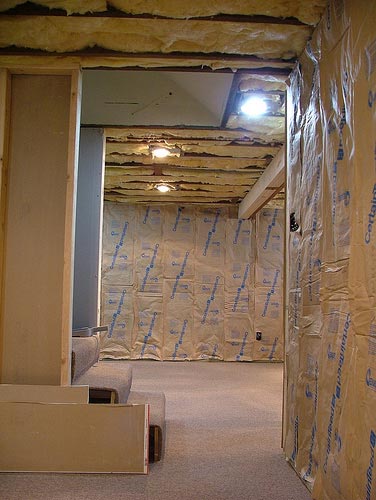
How Much Insulation Do You Need?
"Because the earth is such a great buffer to heat loss and gain, the insulation needs in a house grow as you get farther from the ground. Naturally, they're greatest at the roof, which is baked by the sun all day and chilled by the sky at night.
"We specify significantly higher levels of insulation that are required by the International Energy Conservation Code, and we think it is money well spent. When you're attempting to approach net-zero energy use in homes, energy that isn't used is always the cheapest energy.
"R-10 under the basement slab. It is easy to add 2 in. or 3 in. of extruded (or expanded) polystyrene under a new slab before pouring the concrete. This could cut into headroom a bit, but the benefits outweight the cost.
"R-20 basement walls. Warming basement walls is often the best protection you can get from mold growth. Additional living space is an added benefit. Energy codes in most cold climates call for at least R-10, but if you can afford the additional insulation at this time, it is well worth it. Both closed-cell spray foam and rigid-foam insulation are good choices.
"R-40 in the walls. By warming above-grade walls, you eliminate chilly convection currents inside a room, which can increase your actual living space because furniture no longer needs to be moved away from exterior walls. While the building code asks for at least R-19 in most cold climates, it is worthwhile to use as much insulation as you can afford.
"R-60 in the roof. Adding insulation to the roof (rather than the attic floor) brings extra living and storage space into the home at little cost. It also reduces summer cooling loads. It's often easy to provide more than the code minimums because of deep rafter cavities. If you're reroofing the house, consider putting rigid-foam board insulation on top of the sheathing."
Green Remodeling
Energy Efficient Home Building
Save Money by Being Energy Efficient
- Home Remedies to Help Cut Energy Bills
Find out how you can cut your energy bill by doing a few home remedies. You can correct construction mistakes and cut your bill by at least 1/3. - How to Reduce Your Energy Bill and be Energy Efficient
Check out these simple tips and modifications that you can do to reduce your monthly energy bill by being more energy efficient around the home. - Use Solar Energy to Heat Water
How to use solar energy to heat your home's water system. Find out ways to cut you energy bill by using solar energy. - Tips to Correcting Tankless Water Heater Problems
Using a tankless water heater versus a tank-style water heater, you can save energy and conserve water. Remember saving energy can potentially reduce your energy bill.
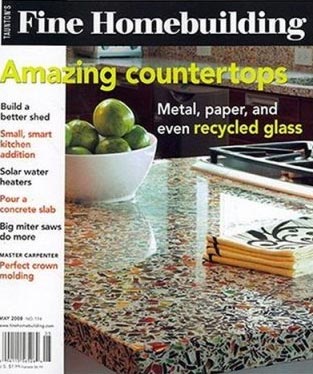
Fine Homebuilding
Fine Homebuilding Magazine
The Fine Homebuilding magazine shows in-depth techniques for various home projects. You'll find hands-on construction tips that are more than fully explained for easy comprehension.
The projects range from building foundations to from carpentry and interior finishing to system installations (whether plumbing, heating, or air).
Each issue contains in-depth reviews about tools, techniques, and materials that you may need for fine homebuilding projects.
You'll find information from various departments covering builder's tips, remodeling ideas, and answers to reader's questions.
This is a magazine that I love to peruse on my days off to get ideas for my next project. I have learned wood staining tips that I used to build my corner desk, and I've found tool reviews that I've used when looking for better tools to effectively build various projects around my home.




